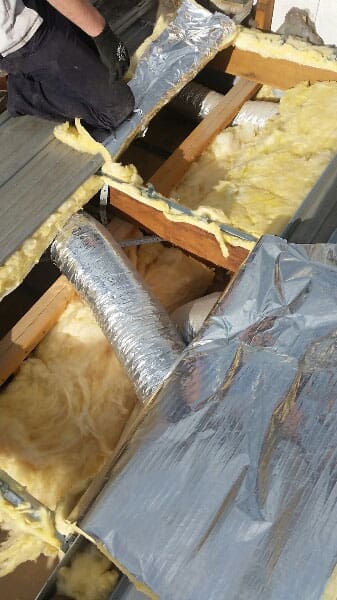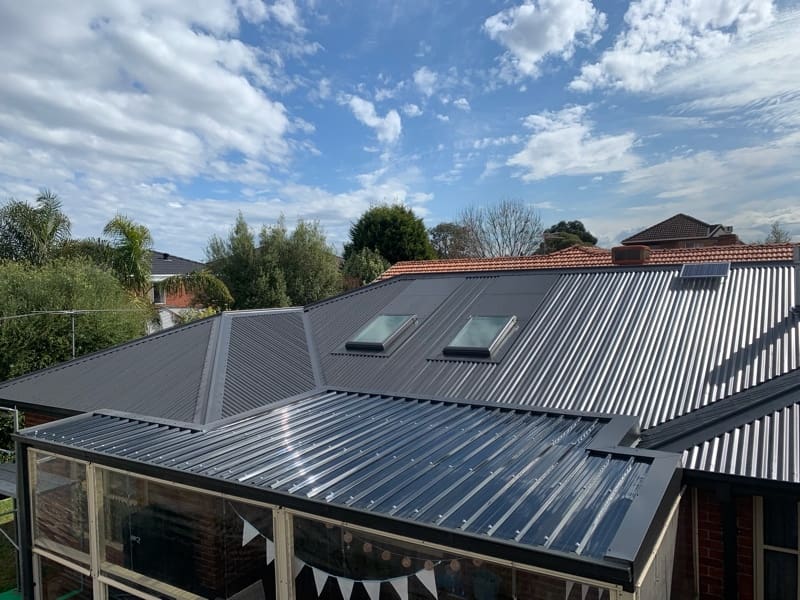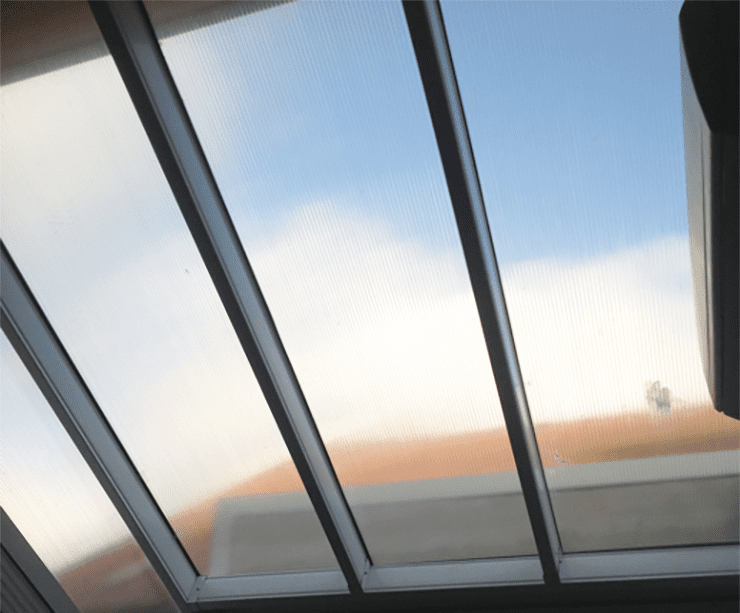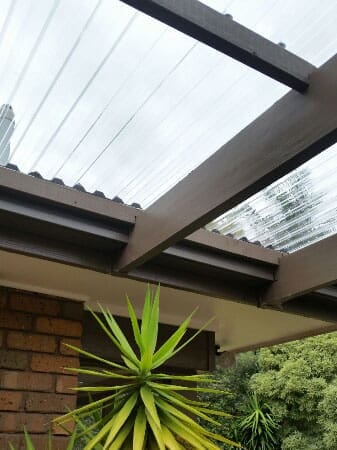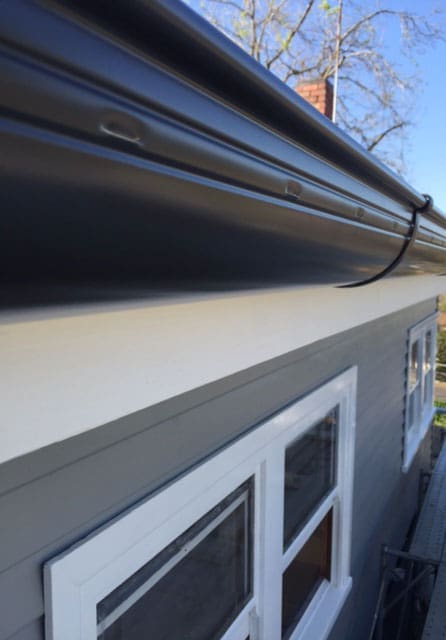
Insulation for today’s homes
Insulation is important. When designing or renovating a home, insulation is one of the most effective and affordable ways to improve the energy efficiency of our homes. Acting as a barrier to heat flow, it is essential for keeping your home warm in winter and cool in summer.
Yet, approximately 8 million homes across Australia don’t have proper insulation. If your home is one of them, you could be spending more on energy bills than you need to while compromising your own comfort.
Depending on where you live, heating and cooling can make up 20-50% of the energy used in your home. Proper insulation can significantly reduce this demand, leading to lower power bills and a more sustainable home.
“A poorly constructed building shell uses more energy to keep people warm or cool, which leads to an increase in carbon emissions and expensive power bills,” said Professor Priya Rajagopalan, Lead researcher and inaugural director of RMIT’s Post-Carbon Infrastructure and Built Environment Research Centre.
So, when should you consider upgrading your insulation, and how do you know what type is best for your home? We’ll run through all you need to know about insulation for your roof and home in this guide.
Why Should You Insulate Your Home?
We’ve briefly explored some of the benefits of insulating, let’s dive deeper into why you should insulate your home.
It’s better for the environment
Did you know that insulation contributes to reducing Australia’s annual emission by almost 7.1 million tonnes of CO2e? That’s a big help to the environment and is one of the best ways to reduce your carbon footprint.
Improves your home’s comfort and durability
Increasing your home’s thermal performance through insulation can help it withstand temperature extremes. That’s pretty important considering 26% of Australian homes aren’t able to stay warm for at least half of winter – and no one wants to be cold during winter!
Reduces heating bills and cooling bills
Rising energy bills are a big source of stress for most of us. That’s where adding insulation to your home can help out, helping to reduce the amount of air that can seep out through openings – such as the roof, outer walls, windows, and doors – and reduce your energy costs.
Keeps your home (and its occupants) healthy
Insulating your home can help keep out harmful pollutants and toxins that may find their way inside. Also, if anyone in your home has plant allergies, proper insulation can help reduce symptoms when pollen season rolls around.
The Victorian Healthy Homes Program, led by Sustainability Victoria, analysed the impact of an energy efficient and thermally comfortable home, reporting an increase in quality of life and improved health for participants.
Reduces external noise
Live on a main road? Insulation can help with the noisy morning traffic by absorbing external sound and making your home a much more peaceful place to live.
Increase resale value
As more homeowners prioritise energy efficient and comfortable homes, ensuring your home is properly insulated will make it more appealing to potential buyers when you decide to sell.
How Does Insulation Work?
Insulation is a building material that works by slowing down the transfer of heat or sound. It provides a barrier between your home and the outside and helps prevent heat loss during winter, and heat gain in summer.
For optimal performance and impact, insulation should be installed from the roof down to the foundations, as seen in the image below.

How Do You Know When You Need New Insulation?
Your home already has insulation installed, and yet your home is freezing in winter and hot in summer. How do you know when it’s time for new insulation?
- Increasing energy bills. If your energy bills are getting higher and higher it may be because your insulation isn’t performing properly. This might be due to old age, water leaks, or a pest problem. Either way, it’s best to get a roofing expert to inspect your home.
- Fluctuating temperature inside. If your home’s internal temperature is constantly changing, chances are the insulation may need replacing.
- Low R-value. An insulation material’s R-value refers to its heat resistance. Typically a higher R-value means your home will have a higher heat resistance and be more energy efficient. If you have an older home, the R-value of your insulation may not be optimal so you might need to replace it with insulation that has a higher R-value.
What is the Best Insulation for a Roof in Australia?
When choosing insulation for your home, your builder will select the best product that compiles with the insulation requirements outlined in the Building Code of Australia (BCA). However, as a homeowner, it’s helpful to understand the different types of insulation and how they impact your home’s thermal performance.
Roof insulation typically falls into three categories:
- Bulk insulation: Made from materials such as fiberglass, rockwool, or wool. These trap pockets of air to slow down the transfer of heat, making them effective in both cold and hot weather.
- Reflective insulation: Typically made from foil, this insulation type reflects radiant heat, making it useful for hot regions of Australia.
- Foam insulation: Options such as Polyurethane spray foam provide thermal and acoustic insulation, but may come with high fire risks compared to other materials.
“Rockwool is a good middle standard. Fiberglass can be difficult to work with and less safe due to fibres, but it’s cheaper. Poly is easy to work (can be torn by hand) and is lighter, and although fire rated it may have more potential for fire risk,” wrote one user in the /AusRenovation Subreddit.
Another user emphasised the importance of proper installation: “Higher ratings/thickness are better for thermal insulation. Heavier is better for acoustic insulation. Installation is everything so you need tight fits between structural members and no gaps.”
Why insulation matters: the NatHERS rating
Beyond just picking a material, insulation plays an important role in Australia’s Nationwide House Energy Rating Scheme (NatHERS), which regulates how homes are rated for their thermal performance. For homes in Melbourne, the NatHERS rating aims for an R value of between 4.6 and 5.1 – meaning the higher the R-value, the better the thermal performance.
How Roofrite Uses Insulation to Increase Comfort and Energy Efficiency
A well-insulated home isn’t just about maintaining a comfortable temperature. It’s also about enhancing energy efficiency, reducing noise, and preventing moisture buildup.
Recently, Roofrite worked on a project in Melbourne where we wrapped the entire house from floor to ceiling in insulation. This whole-home approach maximised the dwelling’s R-value, improving its overall thermal efficiency. As a result, the homeowner will enjoy lower heating and cooling bills, while saving money by avoiding the need for expensive double glazing.
For this project, we used a combination of high-performance insulation products to create a well-sealed, energy-efficient home:
- Kingspan AIR-CELL Insulbreak 65 (for roof and external cladding)
- Bradford Gold Ceiling Batts (roof cavity)
- Bradford Gold Wall Batts (internal walls)
- Kingspan AIR-CELL Permifloor (underfloor insulation)
Roof insulation: The First Stage of Protection
Starting at the top, we installed Kingspan AIR-CELL Insulbreak 65 between the COLORBOND roof and roof battens, as well as under the external cladding at the rear of the property. This reflective foil insulation provides a R-value of R2.7 in summer and R1.5 in winter, helping to deflect radiant heat and maintain a stable indoor temperature. The roll out design of the product made it easy to install, and the joins were taped to ensure a continuous thermal barrier.

To further improve thermal performance, we installed Bradford Gold roof batts over the ceiling battens prior to plaster being installed. Available in R-values ranging from R2.5 to R4.1, these batts also help muffle the noise of heavy rain on metal roofs – a major benefit for homes in Australia with metal roofing.
Wall insulation: Maintaining indoor comfort
Next up were the walls. Walls play an important role in regulating indoor temperatures, which is why we lined them with Bradford Gold wall batts. These batts – which are available in R2.0 to R4.0 – not only help regulate the internal temperature, but also reduce external noise.

Underfloor insulation: An often-overlooked energy saver
Did you know that approximately 10-20% of heat loss in winter and heat gain in summer happens through the floor? That’s why we installed Kingspan’s AIR-CELL Permifloor under the timber floorboards. The insulation is designed specifically for suspended framed floors and features tiny perforations that allow water and vapour to permeate through. This prevents moisture collecting under the flooring, a little-known problem that occurs when using conventional underfloor insulation systems.
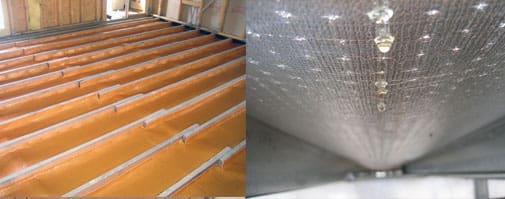
How Much Does Roof Insulation Cost?
Now that you know all about the benefits of insulation and how it works, you’re probably wondering: How much does roof insulation cost? The answer is, it depends. Based on what materials you use, the R-value, and the size of the space being insulation.
The best way to get an accurate estimate is to speak with a house insulation installer in Melbourne who can assess your home and walk you through your house insulation options.
Contact us today on (03) 9499 8059 for a casual, no-obligation chat to find out how we can help out with your insulation in Melbourne.
Date
Oct 06, 2015
Read Time
8 minutes
Services
Roof Insulation, Roofing Products
